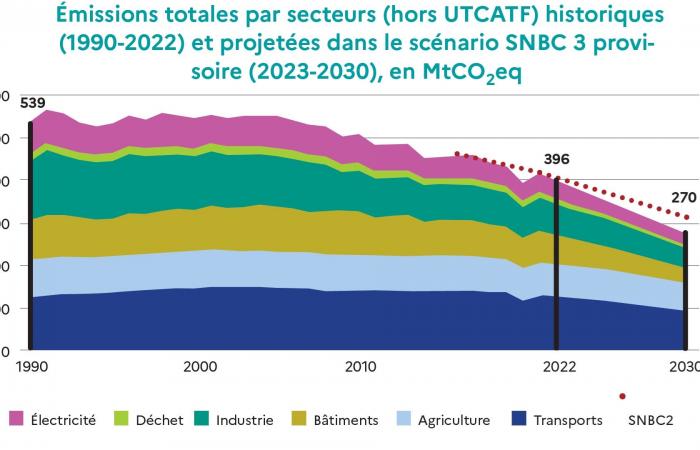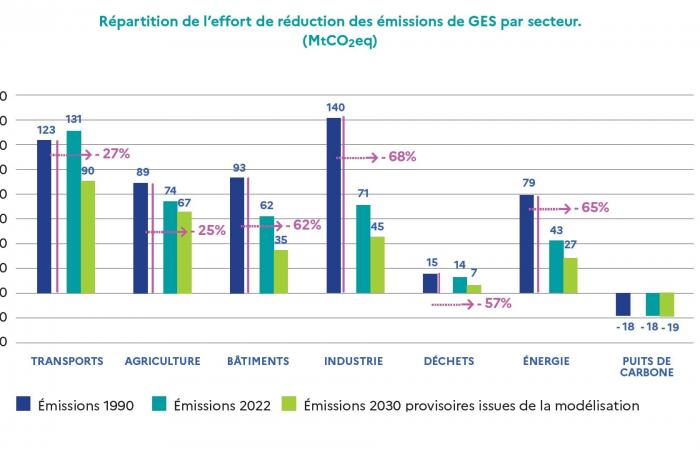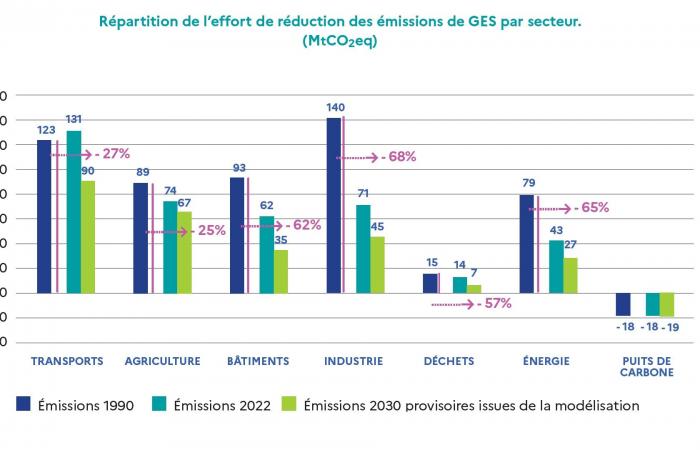France is putting its new national low carbon strategy (SNBC) out for public consultation. Aiming to reduce France's gross emissions by 55% by 2030 compared to 1990, it constitutes the new roadmap for decarbonizing France. Faced with the significant drop in the level of forest carbon sinks, it reinforces the objectives of other sectors.
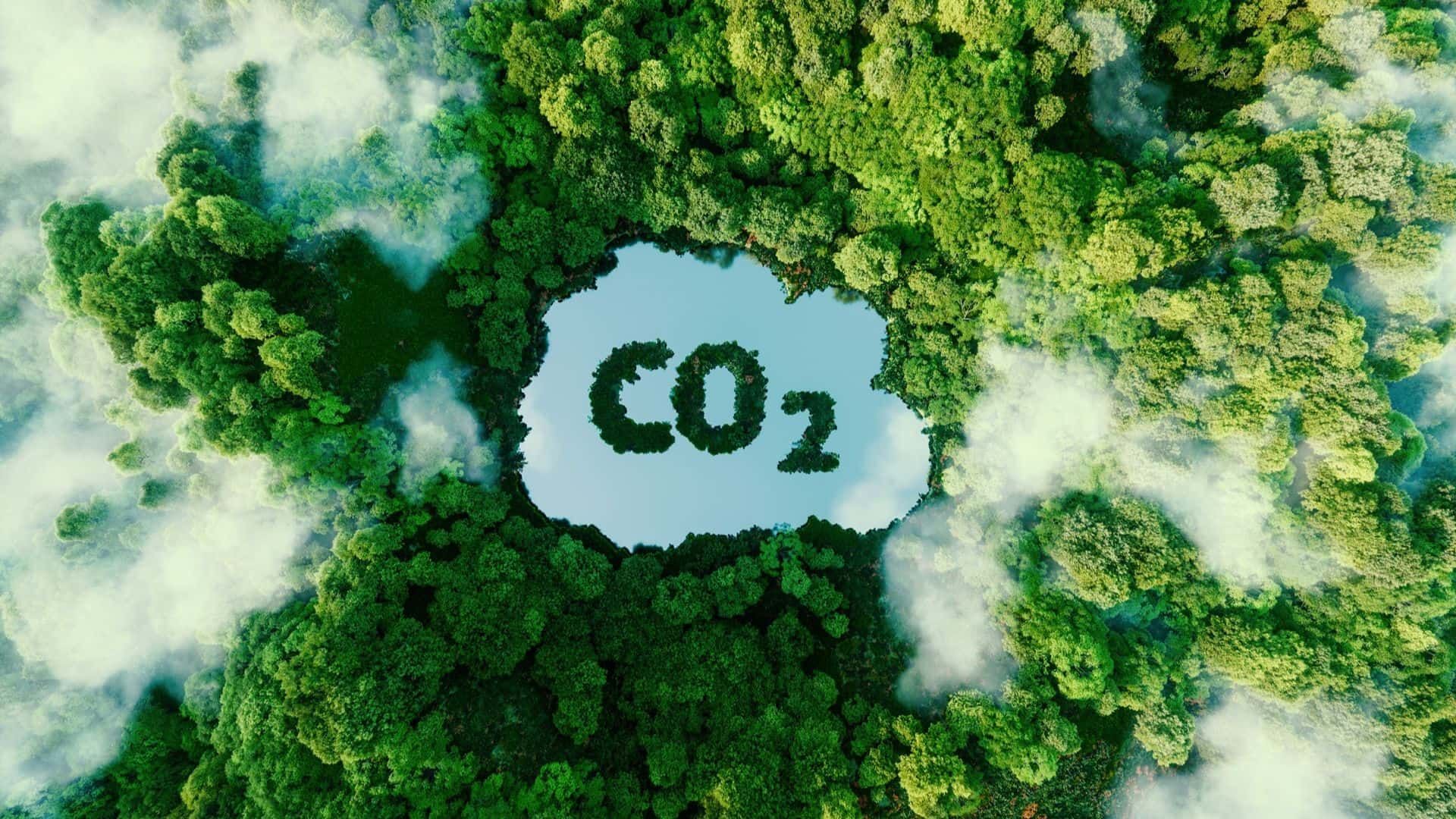
Between 1990 and 2022, France reduced its CO2 emissions by 144 million tonnes, a reduction of 26.5%. It will now have to reduce them by an additional 126 million tonnes by 2030. Here is therefore the primary objective of the third National Low-Carbon Strategy 3 (SNBC-3) put out for public consultation this Monday, November 4: reduce gross carbon emissions. France's greenhouse gas emissions by 50% by 2030 compared to 1990. This will increase emissions from 396 million tonnes CO2eq (MtCO2) in 2022 to 270 million in 2030.
« To achieve our territorial objective, we must reduce our emissions by 5% each year between 2022 and 2030, compared to an annual reduction of 2% on average from 2017 to 2022.warns the SNBC-3 project. The goal seems achievable. Indeed, according to the interprofessional technical center for atmospheric pollution studies (Citepa), greenhouse gas emissions in France decreased by 5.8% between 2022 and 2023, excluding carbon sinks. To achieve this, the SNBC-3 provides for a scenario of reducing GHG emissions in all sectors of activity, as well as greenhouse gas emissions ceilings not to be exceeded over periods of five years. These carbon budgets cover the periods 2024-2028 and 2029 – 2033. They amount to 333 MtCO2 and 255 MtCO2 respectively.


Gross or net emissions?
Since the European climate law, the climate objective of a net reduction in EU emissions of at least 55% by 2030 compared to 1990 is a legal obligation. Questioned by Natura Sciences, the Office of the Minister of Ecological Transition Agnès Pannier-Runacher clarified the question. “The objective of -50% that we are taking is indeed the French version of the European objective of -55%. This is our legal and binding objective. In the effort requested by the Fit for 55 Package to reduce emissions by 55% in 2030 compared to 1990, there is a sharing of the effort based on the current emissions of the countries and therefore each country starts from more or less far depending in particular on its energy mix. »
Read also : How can we ensure that forests remain carbon sinks?
Given the state of the forest carbon sink, France now prefers to focus on reducing gross emissions and communicate less on net emissions in the short term. The SNBC-3 only mentions a carbon neutrality objective for 2050. By this time, the strategy provides that France will offset its residual gross emissions with natural or technological carbon sinks.
However, France has also made a commitment to reduce its net CO2 emissions by 55% by 2030 compared to 1990. Agnès Pannier-Runacher's office confirms: “The -55% net is an objective that we are retaining, but is a carbon sink subject which is intended to be clarified subsequently”. And to add that he cannot give a net CO2 emissions objective in millions of tonnes of CO2 equivalent for 2030 “ given the uncertainty that rests today on carbon sinks ». Scientific work is underway to better assess their future contribution to reducing emissions.
Carbon sinks, at the heart of the issues
The subject of carbon sinks is crucial. To fully understand, we must look at the 2019-2023 carbon budget of the SNBC-2, i.e. the last five-year period covered by the strategy. If the budget in terms of gross emissions was respected (400 MtCO2 emitted on average compared to a budget of 420 MtCO2), this is no longer the case when we consider net emissions, including carbon sinks. In total, this carbon budget was exceeded by 15 MtCO2. The difference is due to the land use and forestry sector (LULUCF), a net carbon sink that sequesters CO2 in biomass and soils.
Read also : French forests are suffering, but can remain allies
In detail, the 2019-2023 budget is achieved for all sectors with the exception of waste (exceeding 10 Mt) and especially LULUCF (115 Mt less absorption over the period compared to the objective ). Citepa explains the difficulty now of betting with certainty on this carbon sink: “ estimated at around -45 MtCO2 on average in the 2000s, this sink has considerably reduced to reach around -20 MtCO2 in recent years, in particular due to the coupled effect of repeated droughts since 2015, diseases affecting the tree mortality rate, and an increase in timber harvests. »
Objectives to be strengthened in all sectors
The SNBC-2 objective planned to achieve a carbon sink of between – 40 and – 45 MtCO2 by 2030. The provisional estimates of the SNBC-3 now target a carbon sink of – 19 MtCO2 by this horizon. This would involve further strengthening emissions reductions in other sectors. Thus, between 1990 and 2030, the provisional estimates of the SNBC-3 target a reduction in emissions of 68% for industry, 65% for energy, 62% for buildings, 57% for waste, 27% for transport and 25% for agriculture.
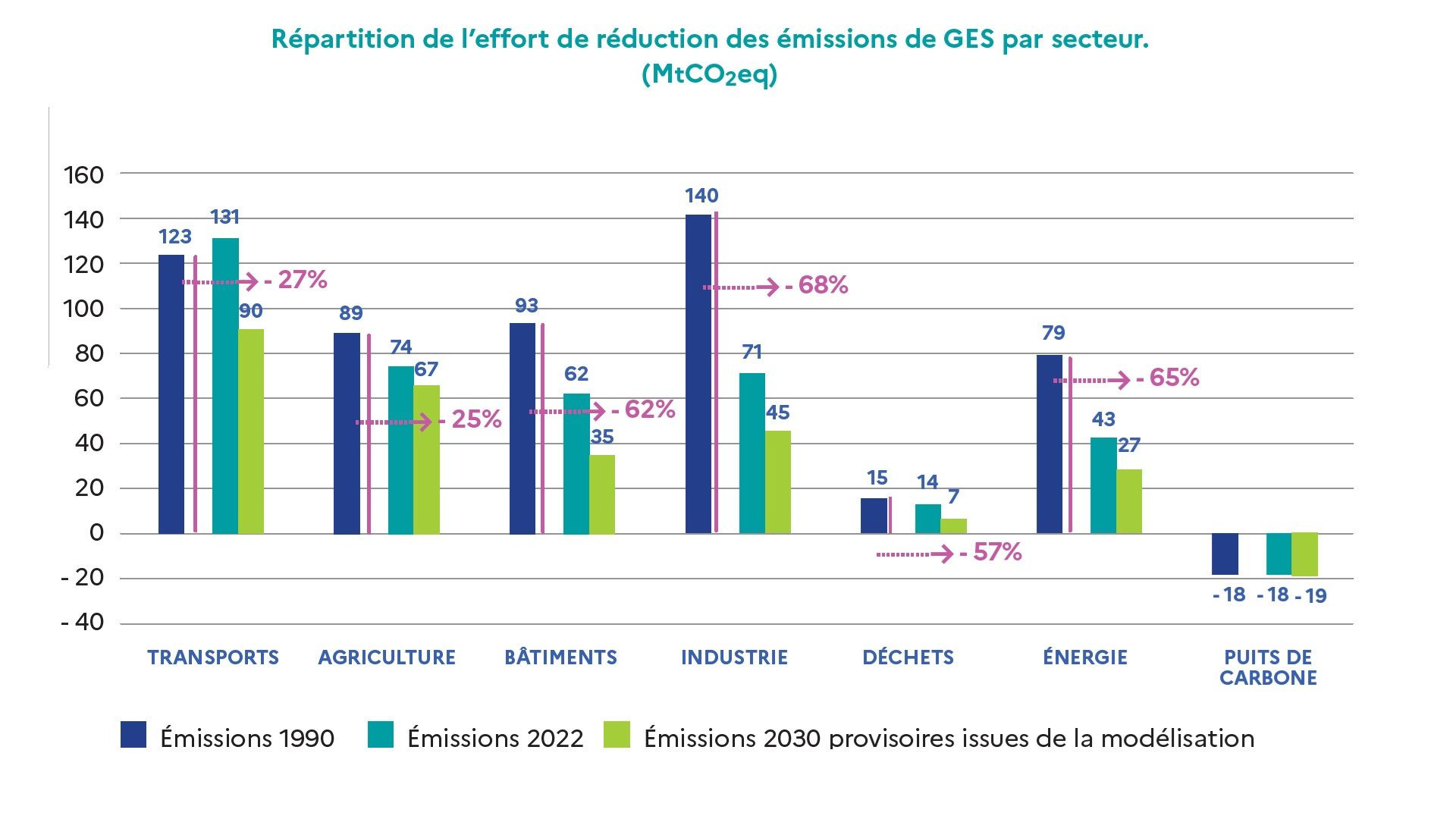
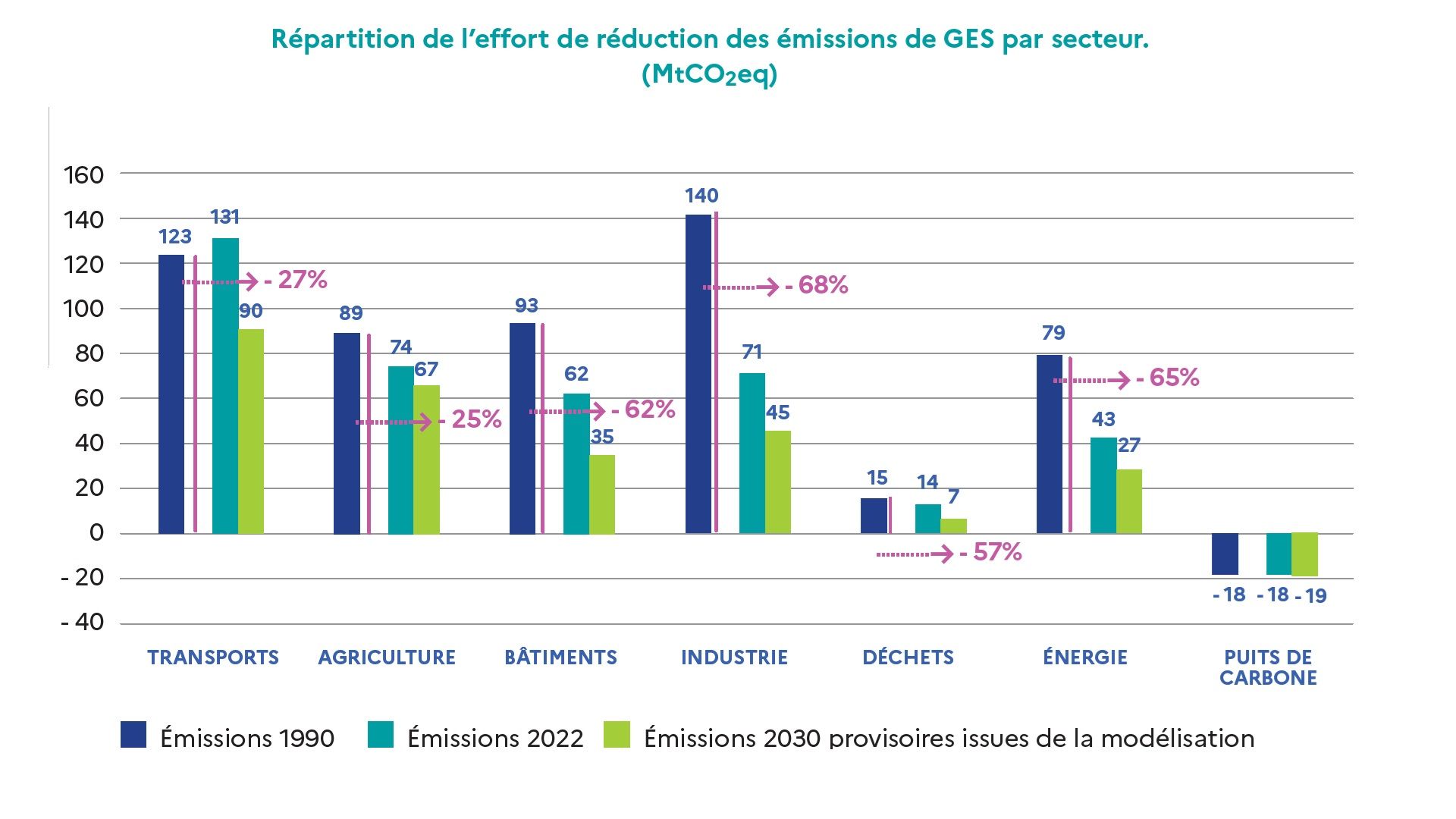
After the third National Plan for Adaptation to Climate Change (PNACC) opened for consultation on October 25, the Government is launching this Monday, November 4, the legal consultation of the SNBC-3 and the Multi-annual Energy Program 3 (PPE 3 ). These three key texts together constitute the new French Strategy for Energy and Climate (SFEC).



